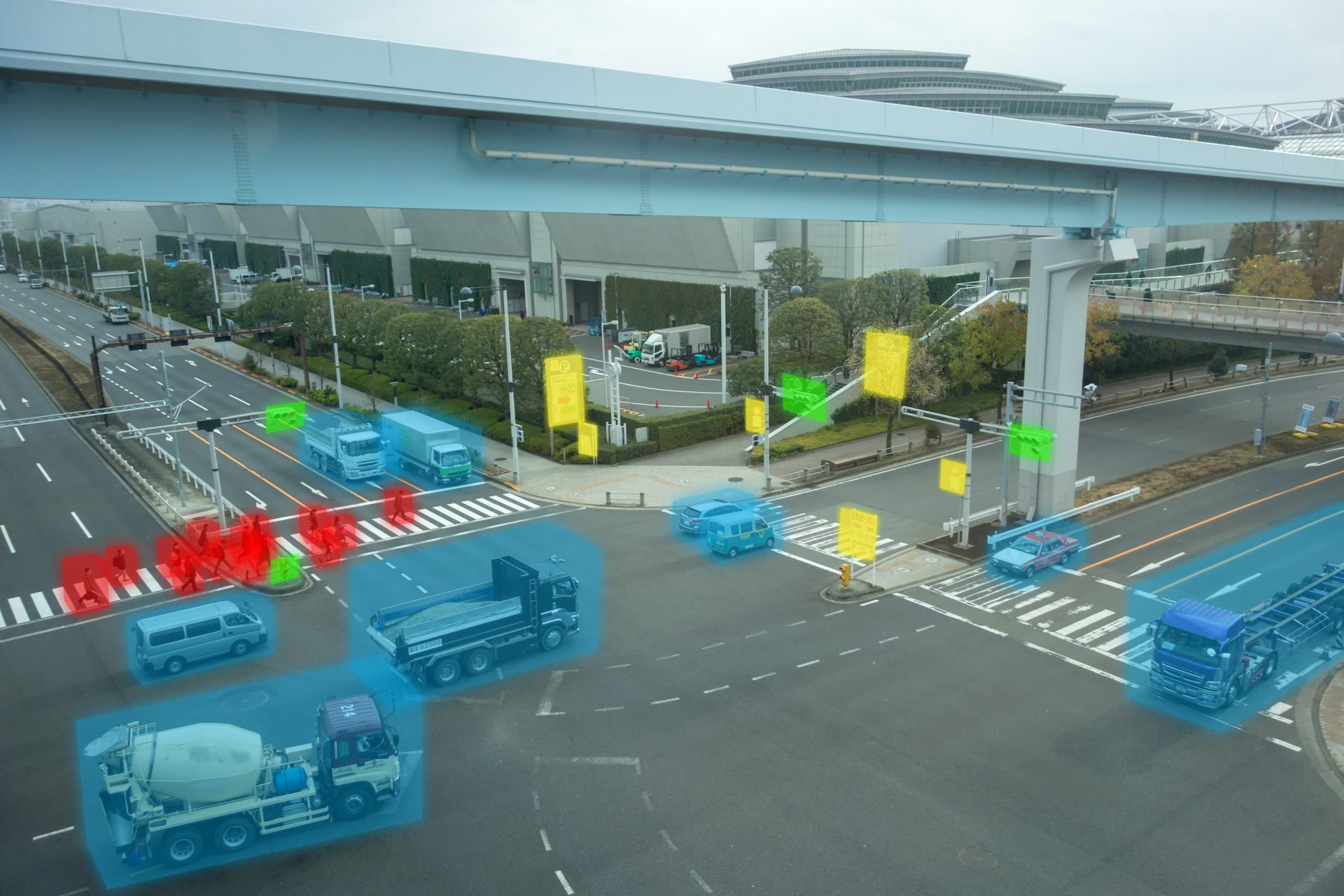One of the biggest challenges a fleet manager faces is managing driver safety. Managing risk and improving safety across the fleet is crucial to keeping insurance premiums low, reducing downtime and preventing expensive and unnecessary maintenance costs. Fleet safety analytics are the key to turning relevant safety data into action, and unlocking better safety outcomes for you drivers.

Why Fleet Safety Analytics Are So Important
The National Safety Council states that distracted driving causes more than a million collisions each year. The cost of accidents and vehicle damage can add up quickly. Just the expenses associated with repairing damaged vehicles alone are exorbitant. Add on increased insurance premiums, profits lost from driver and vehicle downtime, and potential lost business from damage to your brand reputation, and you can see the impact this can have on your fleet.
Technology continues to improve by simplifying all aspects of fleet management, including driver behavior and safety. Fleet safety management is key to keeping fleet operational costs low and productivity high.
Your fleet telematics and safety technology is already sending you all of the data you need to take smart action and introduce safety policies that will drastically improve safety outcomes. But turning that data into useful insights and quick wins remains a challenge for many fleet and safety managers.
What is fleet safety analytics?
Fleet safety analytics is the technology and practice of turning vehicle and driver performance data into useful reporting and insights that you can use to improve safe driving and reduce risk. While data analytics isn’t always thought of as a core competency fleet and safety managers, understanding how to leverage fleet data is quickly becoming essential.
Collecting data from fleet telematics, AI dash cams, daily inspections and ELDs, and vehicle service reporting is the first step toward strong safety insights. But you need an operations intelligence platform that can harness all this data and quickly deliver dashboards, reports, alerts and driver scorecards. This combination of data visualizations are the core of fleet safety analytics, and can supercharge fleet safety programs.
What are the different sources of fleet safety data?
The modern, connected fleet operation is likely already using a handful of technologies to monitor and improve safety policies. Here are some of the common sources of fleet safety data:
Vehicle Telematics
Telematics systems capture a range of vehicle and asset utilization data. For example, g-force sensors send data on unsafe driving behavior like hard braking, rapid acceleration, collisions and speeding. Telematics also captures sensor data that can provide powerful safety context, such as seatbelts, driver IDs and cargo security.
AI-Powered Fleet Dash Cams
Perhaps the most powerful fleet safety technology, AI Dash Cams automatically detect and correct distracted driving behavior and unsafe road conditions. The footage can be used to power in-cab coaching that prevents incidents, as well as inform reactive coaching measures if an incident does occur. Dash cam data is also used to exonerate innocent drivers from false liability claims.
ELDs, DVIRs and Other Digital Inspections
DOT-regulated fleet vehicles must be outfitted with electronic logging devices and driver vehicle inspection report apps. These provide critical data on vehicle condition and whether the driver is adhering to the Hours of Service requirements in place to keep them fresh and alert when behind the wheel. Compliance data can be critical to evaluating root causes of safety incidents over time.
Fleet Maintenance Software
Fleet maintenance software provides data on vehicle service history, failed inspections, downtime and more. When connected to telematics, dash cams and digital compliance tools, fleet maintenance data completes the full picture of vehicle safety.
Advanced Driver Assistance Systems (ADAS)
Many vehicles are outfitted with additional technology to proactively inform and protect drivers. ADAS detects road conditions, collision threats and driving behavior and takes corrective action to avoid accidents. Collision Avoidance Systems add additional layers of context leading up to incidents, and the resulting data provides a snapshot of what behavior triggered the corrective action.
Telematics and fleet safety data
At this point, the majority of fleets are equipped with telematics software. Now that so many organizations have the technology, it’s time to learn how to use it properly to make the most of its potential. These solutions are complex; they can do much more than just track your vehicle. The complexity requires more knowledge of the software and fleet operations, as well as initiative to maximize results.
The use of big data is not limited to the telematics industry. The most applicable example of using predictive analytics in day-to-day life is the ability to make predictions about buyer’s activity. Websites such as Amazon use data from your previous purchases and search history to show you items that you are likely to purchase. This is all determined by predictive analytics.
So, take this example and apply it to fleet management. Imagine what you could do with all of the data collected from your fleet systems. There are thousands of pieces of information collected each day that your telematics system makes available to you. All of this presents unique insights that allow you to learn more about your fleet than ever before. The power of big data is limitless, so how will you use it to make your fleet better?
Managing safety and risk with telematics
Applying these same practices to driver behavior can allow fleet managers everywhere to cultivate a safer and more efficient fleet. It’s about more than just numbers and pieces of information. It’s about connecting your fleet to your business. All aspects of your fleet are connected to provide better transparency and visibility into fleet activities and their potential consequences.
Unsafe driver behaviors lead to accidents, increases in insurance premiums, reputation issues and vehicle damage. Therefore, it’s important to create a strategy to improve driver behaviors across your fleet to prevent problems that could hurt your organization.
You can’t sit in the passenger seat of each vehicle, but you can stay aware of fleet activities with telematics software. All of the information collected on driver behavior by your telematics software can be used to improve fleet safety. Using the data and machine learning, the software can make predictions about future risks based on historical information.
Let’s say you have a driver who hard brakes frequently. Regardless of the cause, this behavior is likely to cause accidents, and therefore you want to correct the behavior as soon as possible. With this knowledge, you can create a customized coaching plan for this driver to help correct this habit. If this is successful you have avoided preventable accidents, driver injury, vehicle damage, and insurance premium increases.
If you don’t have the right software, or if you aren’t using it properly, you could miss out on these cost-saving opportunities. There’s more to improving driver safety than behavior monitoring and training. Take fleet safety a step further with gamification.
Why gamification works
Driver compliance is crucial to running a safe fleet. Concerns about the “Big Brother” effect with fleet monitoring technology have mostly passed, but some drivers are still skeptical knowing that their behaviors are monitored. The solution to this is to get drivers involved and show them how the technology works and can benefit them. The easiest way to do this is with gamification.
Gamification incentivizes the drivers to improve their behaviors on the road by keeping score of their good and bad behaviors and comparing those numbers to their peers. This, combined with driver coaching and training, has proven to drastically improve fleet safety.
Get the Guide: The Quick-Start Guide to Creating a Integrated Safety Program


